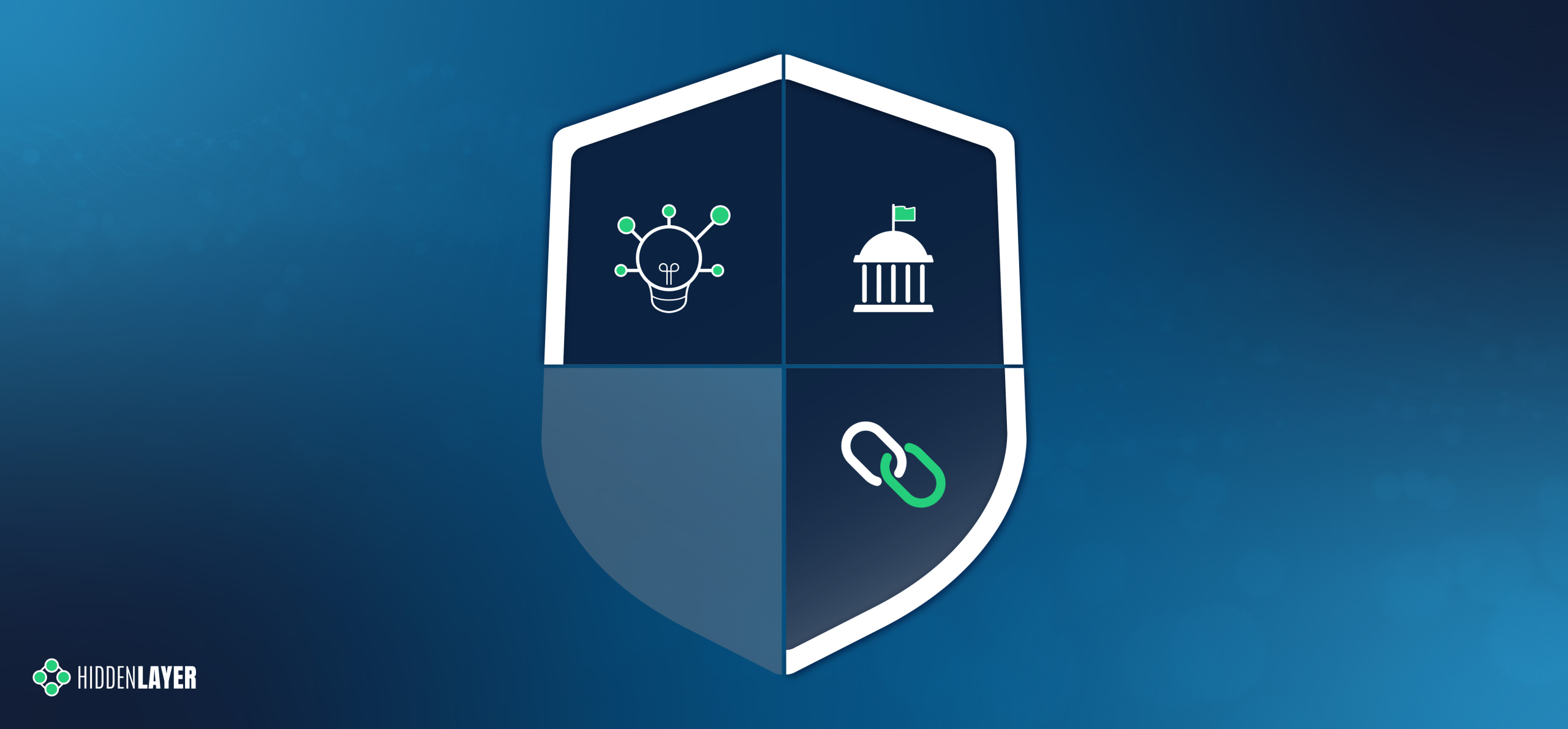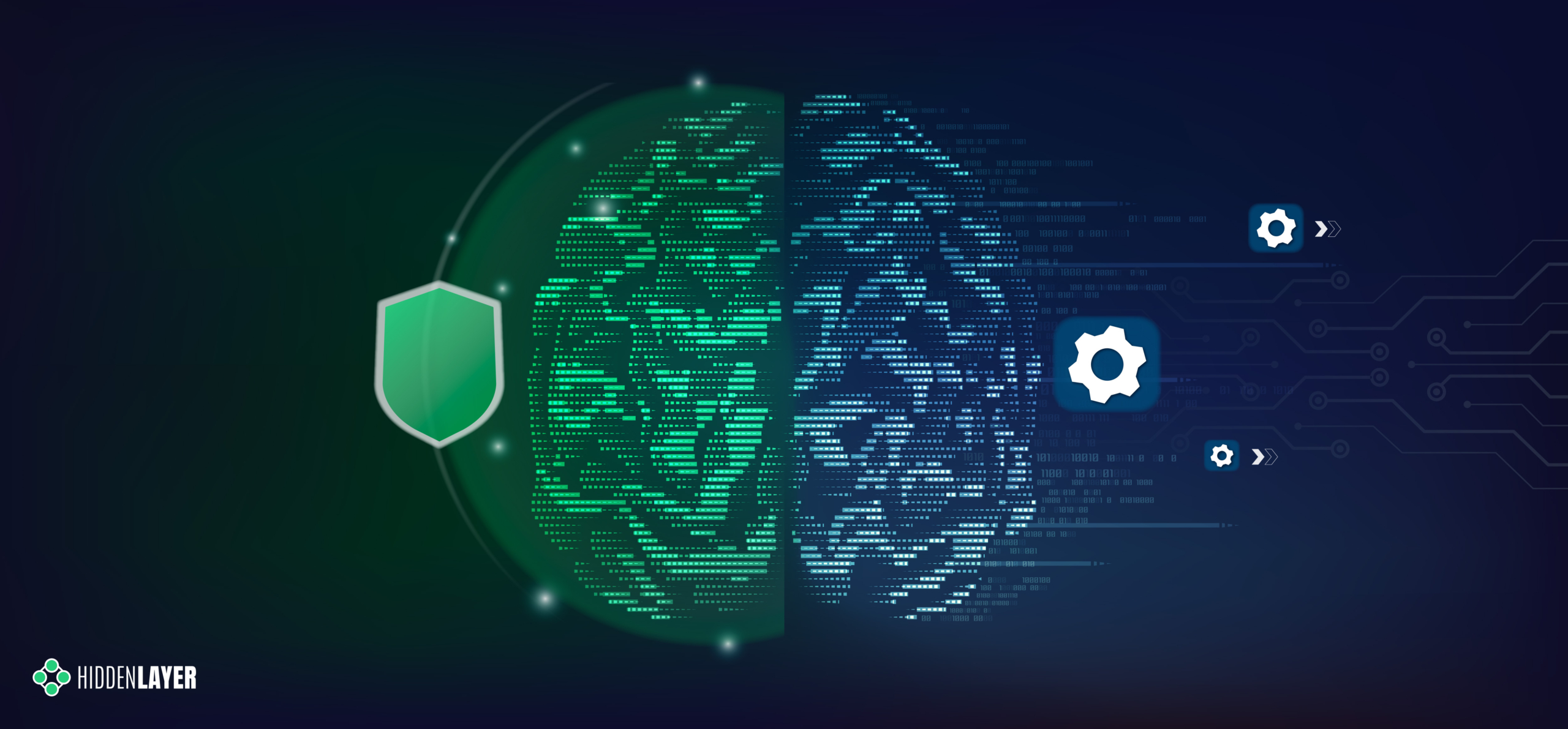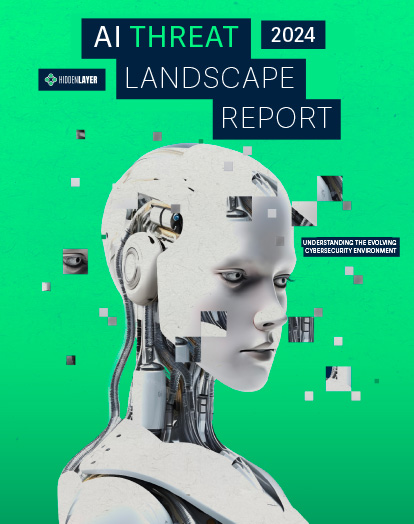Introduction
With AI advancing rapidly, it’s essential to implement thorough security measures. The need for proactive security strategies grows as AI becomes more integrated into critical business functions and society. Despite the challenges and concerns, there is considerable potential for leaders to make strategic, informed decisions. Organizational leaders can navigate the complexities of AI security by seeking clear, actionable guidance and staying well-informed. This proactive approach will help mitigate risks, ensure AI technologies’ safe and responsible deployment, and ultimately foster trust and innovation.
Strengthening your AI systems is crucial to ensuring their security, reliability, and trustworthiness. Part 3 of our series focuses on implementing advanced measures to secure data, validate models, embed secure development practices, monitor systems continuously, and ensure model explainability and transparency. These steps are essential for protecting sensitive information, maintaining user trust, and complying with regulatory standards. This guide will provide you with the necessary tools and strategies to fortify your AI systems, making them resilient against threats and reliable in their operations. Tune in as we continue to cover understanding AI environments, governing AI systems, strengthening AI systems, and staying up-to-date on AI developments over the next few weeks.
Step 1: Data Security and Privacy
Data is the lifeblood of AI. Deploy advanced security measures tailored to your AI solutions that are adaptable to various deployment environments. This includes implementing encryption, access controls, and anonymization techniques to protect sensitive data. Ensuring data privacy is critical in maintaining user trust and complying with regulations.
Evaluate third-party vendors rigorously. Your vendors must meet stringent security for AI standards. Integrate their security measures into your overall strategy to ensure there are no weak links in your defense. Conduct thorough security assessments and require vendors to comply with your security policies and standards.
Who Should Be Responsible and In the Room:
- Data Security Team: Implements encryption, access controls, and anonymization techniques.
- AI Development Team: Ensures AI solutions are designed with integrated security measures.
- Compliance and Legal Team: Ensures compliance with data privacy regulations.
- Third-Party Vendor Management Team: Evaluates and integrates third-party vendor security measures.
- Chief Information Officer (CIO) & Chief Technology Officer (CTO): Provides oversight and resources for security initiatives.
Step 2: Model Strength and Validation
AI models must be resilient to ensure their reliability and effectiveness. Regularly subject them to adversarial testing to evaluate their systems. This process involves simulating various attacks to identify potential vulnerabilities and assess the model’s ability to withstand malicious inputs. By doing so, you can pinpoint weaknesses and fortify the model against potential threats.
Employing thorough model validation techniques is equally essential. These techniques ensure consistent, reliable behavior in real-world scenarios. For example, cross-validation helps verify that the model performs well across different subsets of data, preventing overfitting and ensuring generalizability. Stress testing pushes the model to its limits under extreme conditions, revealing how it handles unexpected inputs or high-load situations.
Both adversarial testing and validation processes are critical for maintaining trust and reliability in your AI outputs. They provide a comprehensive assessment of the model’s performance, ensuring it can handle the complexities and challenges of real-world applications. By integrating these practices into your AI development and maintenance workflows, you can build more resilient and trustworthy AI systems.
Who Should Be Responsible and In the Room:
- AI Development Team: Designs and develops the AI models, ensuring strength and the ability to handle adversarial testing.
- Data Scientists: Conduct detailed analysis and validation of the AI models, including cross-validation and stress testing.
- Cybersecurity Experts: Simulate attacks and identify vulnerabilities to test the model’s resilience against malicious inputs.
- Quality Assurance (QA) Team: Ensures that the AI models meet required standards and perform reliably under various conditions.
- Chief Information Officer (CIO) & Chief Technology Officer (CTO): Provides oversight, resources, and strategic direction for testing and validation processes.
Step 3: Secure Development Practices
Embed security best practices at every stage of the AI development lifecycle. From inception to deployment, aim to minimize vulnerabilities by incorporating security measures at each step. Start with secure coding practices, ensuring that your code is free from common vulnerabilities and follows the latest security guidelines. Conduct regular code reviews to catch potential security issues early and to maintain high standards of code quality.
Implement comprehensive security testing throughout the development process. This includes static and dynamic code analysis, penetration testing, and vulnerability assessments. These tests help identify and mitigate risks before they become critical issues. Additionally, threat modeling should be incorporated to anticipate potential security threats and design defenses against them.
By embedding these secure development practices, you ensure that security is integrated into your AI systems from the ground up. This proactive approach significantly reduces the risk of introducing vulnerabilities during development, leading to strong and secure AI solutions. It also helps maintain user trust and compliance with regulatory requirements, as security is not an afterthought but a fundamental component of the development lifecycle.
Who Should Be Responsible and In the Room:
- AI Development Team: Responsible for secure coding practices and incorporating security measures into the AI models from the start.
- Security Engineers: Conduct regular code reviews, static and dynamic code analysis, and penetration testing to identify and address security vulnerabilities.
- Cybersecurity Experts: Perform threat modeling and vulnerability assessments to anticipate potential security threats and design appropriate defenses.
- Quality Assurance (QA) Team: Ensures that security testing is integrated into the development process and that security standards are maintained throughout.
- Project Managers: Coordinate efforts across teams, ensuring that security best practices are followed at every stage of the development lifecycle.
- Compliance and Legal Team: Ensures that the development process complies with relevant security regulations and industry standards.
- Chief Information Officer (CIO) & Chief Technology Officer (CTO): Provides oversight, resources, and support for embedding security practices into the development lifecycle.
Step 4: Continuous Monitoring and Incident Response
Implement continuous monitoring systems to detect anomalies immediately to ensure the ongoing security and integrity of your AI systems. Real-time surveillance acts as an early warning system, enabling you to identify and address potential issues before they escalate into major problems. These monitoring systems should be designed to detect a wide range of indicators of compromise, such as unusual patterns in data or system behavior, unauthorized access attempts, and other signs of potential security breaches.
Advanced monitoring tools should employ machine learning algorithms and anomaly detection techniques to identify deviations from normal activity that may indicate a threat. These tools can analyze vast amounts of data in real time, providing comprehensive visibility into the system’s operations and enabling swift response to any detected anomalies.
Additionally, integrating continuous monitoring with automated response mechanisms can further enhance security. When an anomaly is detected, automated systems can trigger predefined actions, such as alerting security personnel, isolating affected components, or initiating further investigation procedures. This proactive approach minimizes the time between detection and response, reducing the risk of significant damage.
To effectively implement continuous monitoring systems for immediately detecting anomalies, it’s crucial to consider products specifically designed for this purpose. Involving the right stakeholders to evaluate and select these products ensures a strong and effective monitoring strategy.
Pair continuous monitoring with a comprehensive incident response strategy. Regularly update and rehearse this strategy to maintain readiness against evolving threats, as preparedness is key to effective incident management. An effective incident response plan includes predefined roles and responsibilities, communication protocols, and procedures for containing and mitigating incidents.
A Ponemon survey found that 77% of respondents lack a formal incident response plan that is consistently applied across their organization, and nearly half say their plan is informal or nonexistent. Don’t be part of the 77% who do not have an up-to-date incident response (IR) plan. It’s time for security to be proactive rather than reactive, especially regarding AI.
For support on developing an incident response plan, refer to the CISA guide on Incident Response Plan Basics. This guide provides valuable insights into what an IR plan should include and needs.
Step 5: Model Explainability and Transparency
Before you do Step 5, make sure you have fully completed Step 3 on implementing ethical AI guidelines.
As you know, transparency and explainability are critical, especially when it comes to improving the public’s trust in AI usage. Ensure AI decisions can be interpreted and explained to users and stakeholders. Explainable AI builds trust and ensures accountability by making the decision-making process understandable. Techniques such as model interpretability tools, visualizations, and detailed documentation are essential for achieving this goal.
Regularly publish transparency reports detailing AI system operations and decisions. Transparency is not just about compliance; it’s about fostering an environment of openness and trust. These reports should provide insights into how AI models function, the data they use, and the measures taken to ensure their fairness and reliability.
Who Should Be Responsible and In the Room:
- AI Development Team: Implements model interpretability tools, visualizations, and detailed documentation to make AI decisions interpretable and explainable.
- Data Scientists: Develop techniques and tools for explaining AI models and decisions, ensuring these explanations are accurate and accessible.
- Compliance and Legal Team: Ensures transparency practices comply with relevant regulations and industry standards, providing guidance on legal and ethical requirements.
- Communication and Public Relations Team: Publishes regular transparency reports and communicates AI system operations and decisions to users and stakeholders, fostering an environment of openness and trust.
Conclusion
Strengthening your AI systems requires a multi-faceted approach encompassing data security, model validation, secure development practices, continuous monitoring, and transparency. Organizations can protect sensitive data and ensure compliance with privacy regulations by implementing advanced security measures such as encryption, access controls, and anonymization techniques. Rigorous evaluation of third-party vendors and adversarial testing of AI models further enhance the reliability and resilience of AI systems.
Embedding secure development practices throughout the AI lifecycle, from secure coding to regular security testing, helps minimize vulnerabilities and build strong, secure AI solutions. Continuous monitoring and a well-defined incident response plan ensure that potential threats are detected and addressed promptly, maintaining the integrity of AI systems. Finally, fostering transparency and explainability in AI decisions builds trust and accountability, making AI systems more understandable and trustworthy for users and stakeholders.
By following these comprehensive steps, organizations can create AI systems that are not only secure but also ethical and transparent, ensuring they serve as valuable and reliable assets in today’s complex technological landscape. In our last installment, we will dive into audits and how to stay up-to-date on your AI environments.
Read the previous installments: Understanding AI Environments, Governing AI Systems




